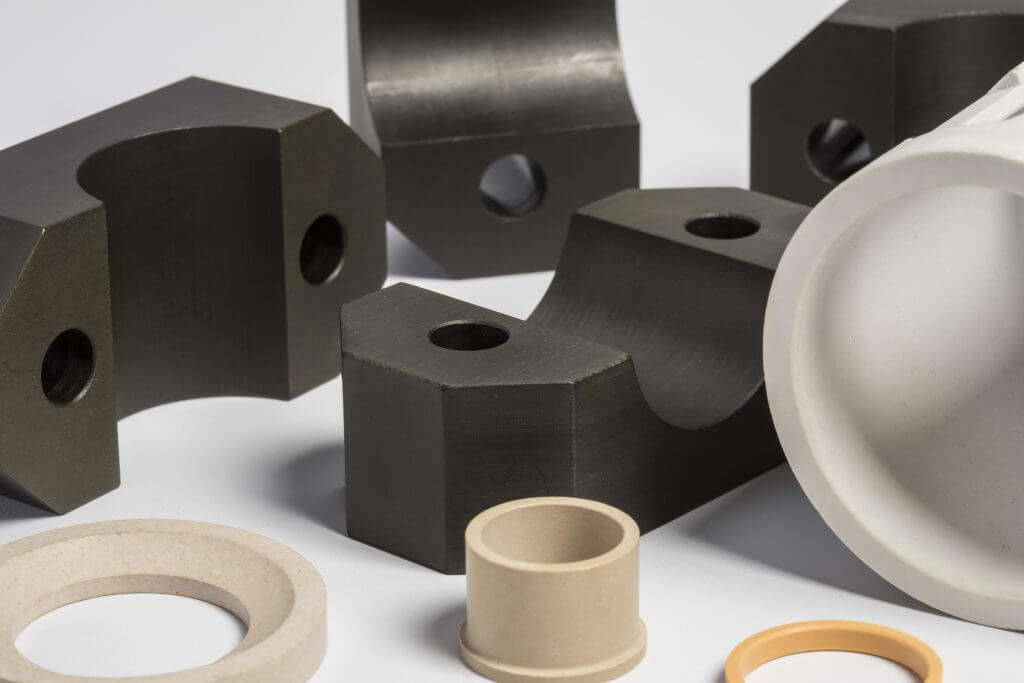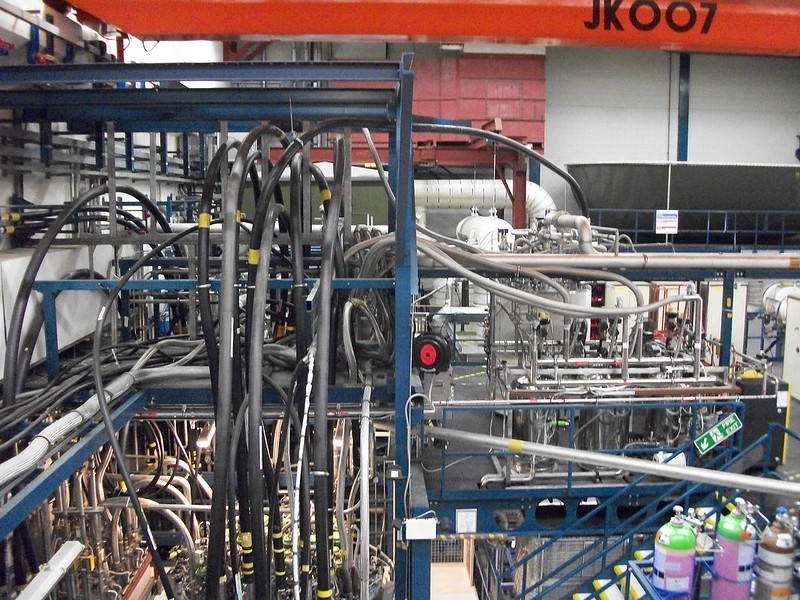In the world of technology, composite bushings play a crucial role in various applications. These bushings reduce friction and lubricate mechanical systems, ensuring smooth and efficient operation. However, “composite bushing” can be ambiguous as different manufacturers may use different product materials and designs. This article will explore the composite bushings commonly found in technology applications.

Composite Bushing Design 1: Steel Backed with Sintered Bronze Layer and Polymer Lining
One popular design for composite bushings involves combining a steel backing with a sintered bronze layer covered by a polymer lining such as polytetrafluoroethylene (PTFE). This design offers excellent load-bearing capabilities due to the steel backing while benefiting from the self-lubricating properties of PTFE.
The steel backing provides strength and structural support to withstand high loads and shock forces experienced during operation. It also acts as a solid foundation for the sintered bronze layer, which increases wear resistance and enhances load distribution across the surface area.
The sintered bronze layer compresses powdered bronze particles under high pressure and temperature. This process creates tiny interconnected pores that retain lubricants such as oil or grease, allowing continuous lubrication even under extreme conditions.
A polymer lining like PTFE is applied over the sintered bronze layer to optimize performance further. PTFE offers exceptional low-friction properties resulting in reduced wear on both mating surfaces. It also provides excellent chemical resistance against corrosive fluids or gases commonly encountered in technology applications.
Composite Bushing Design 2: Polymer Resin with Glass Fibers Filament Wound and PTFE Lining
Another common type of composite bushing utilizes a combination of polymer resin reinforced with glass fibers that are filament wound followed by applying a PTFE lining. This design offers excellent mechanical strength, high wear resistance, and low friction characteristics.
The polymer resin acts as the primary load-bearing material in this design. It is chosen for its ability to withstand high loads while providing flexibility to absorb vibrations and shocks during operation. The resin is typically reinforced with glass fibers to enhance its mechanical properties further.
Glass fibers are known for their exceptional tensile strength and stiffness, making them ideal reinforcements for composite materials. These fibers are arranged in a specific pattern using filament winding techniques, creating a robust and durable structure that can withstand heavy loads without deformation.
A PTFE lining is applied over the filament wound composite structure to reduce friction and provide lubrication. PTFE’s self-lubricating properties ensure smooth operation by minimizing wear between moving parts. Additionally, it offers excellent thermal stability and chemical resistance, making it suitable for various technology applications subjected to harsh environments.
Applications of Composite Bushings
Composite bushings find wide-ranging applications in technology due to their unique properties. Some common examples include:
- Automotive Industry: Composite bushings are used in suspension systems, steering columns, engine components like connecting rods or camshafts, and gearbox assemblies.
- Aerospace Industry: Composite bushings are utilized in landing gear systems, control surfaces like flaps or rudders, engine mounts, actuator mechanisms, etc., where lightweight yet robust components are required.
- Industrial Machinery: Composite bushings find application in heavy machinery such as conveyor systems or hydraulic cylinders where high load capacity and reduced maintenance requirements are desired.
- Medical Equipment: Medical devices like surgical instruments or prosthetic limbs require smooth movement with minimal wear on joints or pivot points.
Benefits of Using Composite Bushings
The utilization of composite bushings offers several advantages over traditional bearing materials:
- Self-Lubricating Properties: Composite bushings eliminate the need for additional lubrication systems, reducing maintenance requirements and associated costs.
- Low Friction: The low-friction characteristics of composite bushings reduce wear on mating surfaces, resulting in extended service life and improved efficiency.
- Resistance to Corrosion: Composite bushings can withstand exposure to harsh chemicals or corrosive environments without degradation, making them suitable for various applications.
- High Load Capacity: Combining different materials in composite bushing designs provides excellent load-bearing capabilities, ensuring reliable operation even under heavy loads.
Composite bushings are essential in technology applications by providing friction reduction and lubrication properties. Manufacturers offer various designs based on the materials used, such as steel-backed with a sintered bronze layer and polymer lining or polymer resin reinforced with glass fibers filament wound and PTFE lining. Understanding the different types of composite bushings allows engineers to select the most suitable option for their specific application requirements. Whether it’s automotive suspension systems, aerospace components, industrial machinery, or medical equipment, the benefits offered by composite bushings make them an integral part of modern technological advancements.

